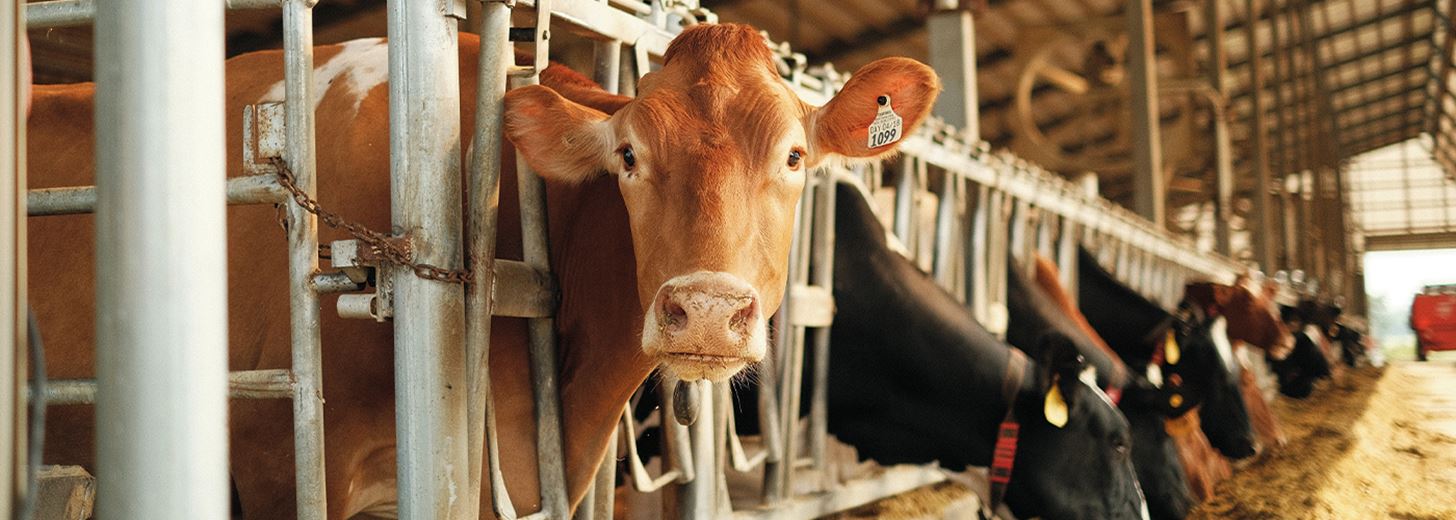As we have seen the price of artificial fertiliser climb and supply dry up, there has never been a more important time to conserve and utilise fertiliser and slurry more effectively. A typical slurry sample containing 6% dry matter slurry contains on average 1.2kg of readily available nitrogen (N/m3) (AHBD Nutrient Management Guide - RB209). It is important therefore to reduce the loss of valuable nutrients.
Nutrient Management Planning (NMP) is an effective tool enabling farmers to use fertilisers more effectively and enhance soil carbon sequestration, which will also help to lower a farm’s carbon footprint. This can be achieved by applying slurry in the right conditions and using techniques to reduce the slurry surface area with precision equipment.
Slurry storage will improve the effectiveness of NMP by allowing the correct timing of applications to optimise the assimilation of nutrients and prevent them leaching into the ground or surface water systems. The Farming Rules for Water require a minimum of four months’ slurry storage at any one time and five months’ storage in Nitrate Vulnerable Zones. However, from this autumn it is anticipated a new Slurry Investment Scheme will be offered as part of the Farming Investment Fund where it is understood that one condition of the grant will be that a farmer will need to create six months’ slurry storage capacity.
What is the Farming Investment Fund – Slurry Investment Scheme?
As the government looks to encourage more environmentally sustainable farming practices, it has recognised that farmers will need support to help them bring their slurry storage systems up to modern standards. But we still await the detailed rules of the proposed new grant scheme.
What we do know is that the grants can be used to replace existing stores, build additional storage facilities, or expand existing compliant slurry storage equipment. It is also open to a variety of slurry storage systems, including slurry lagoons, steel and concrete ring tanks and rectangular concrete stores.
A further requirement will be that all grant funded systems will need to be covered, which will be easier said than done in many instances. The reason for this requirement is that it will contribute to the government’s clean air ambitions by reducing the amount of ammonia being released into the atmosphere. The provision of a cover is also important because it will reduce the volume of rainwater that often adds to the volume of slurry that needs to be stored.
The investment to create these new slurry stores is expensive and so any grant aid will be welcome for those wishing to upgrade their systems. It is understood the proposed grant will cover up to 50% of the costs and awards will range from £25,000 to £250,000 and thus securing such funding will be important.
How can you apply for a slurry storage grant under the Farming Investment Fund?
It is expected that demand for the scheme will be high, and Defra will prioritise those with the projects which will yield the biggest environmental benefits, such as where the project is near a protected site. That being said, it is also understood that if oversubscribed, further rounds of grant funding are likely to be made available.
The application process is likely to involve two stages, where farmers first express an interest and check their eligibility before then submitting a full application with all of the necessary information in stage two.
Planning to claim a slurry storage grant under the Farming Investment Fund? These are the next steps.
If you are considering applying for the storage grant it is well worth preparing a NMP and calculating the capacity, specification and layout of your proposed slurry storage. This will allow you to budget for the works and, if necessary, apply for planning permission, which will form part of the evidence to support a full application.
If you know anyone who would like to take advantage of this scheme and requires guidance to prepare an application, please contact tom.vacher@carterjonas.co.uk. We will be able to advise them as the details concerning this scheme emerge in the coming months.
Farming grants and subsidies
See more insight and information about other grant funding schemes.



